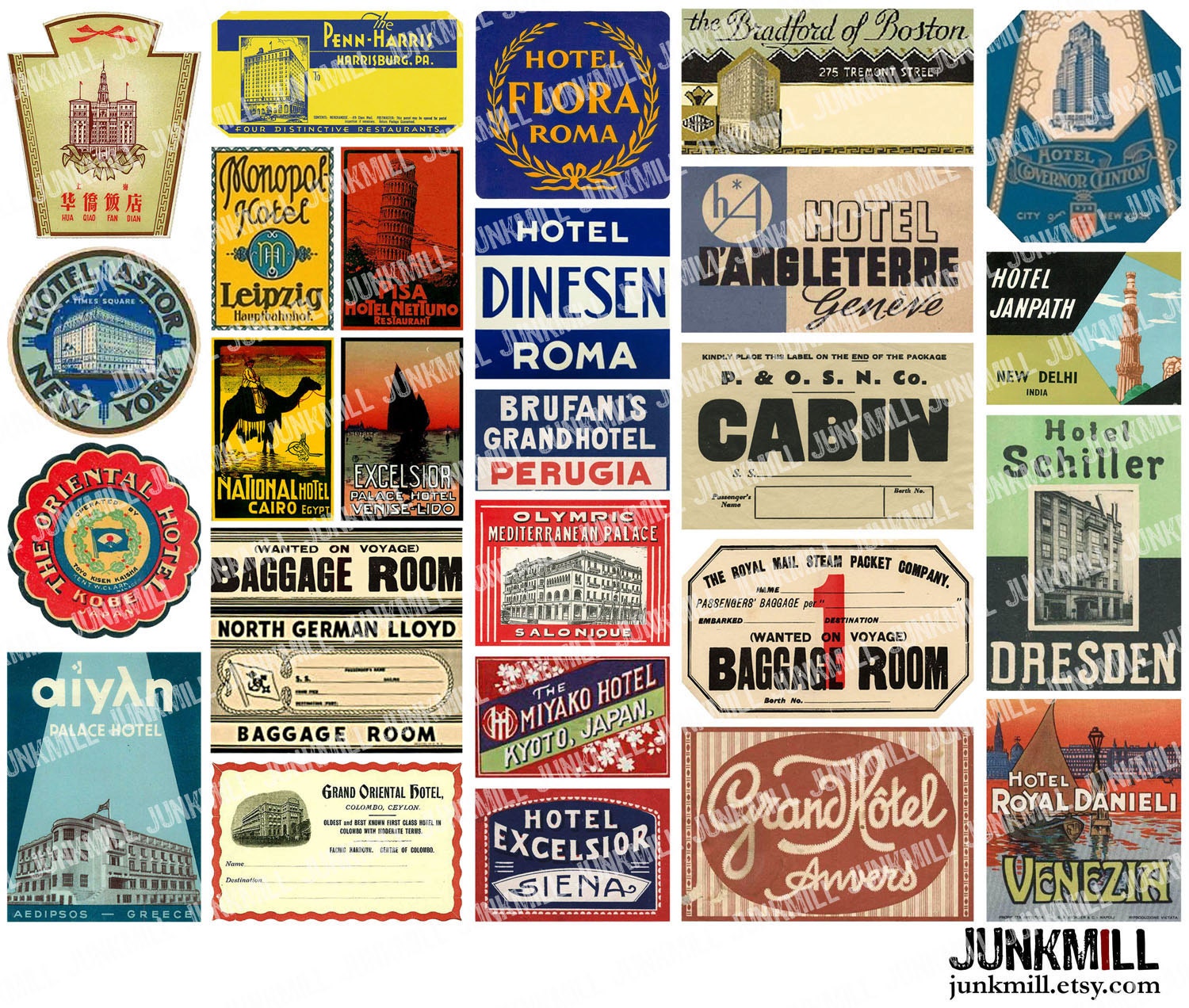The new DfE POS requires that substantial progress is made ..... we also need to take stock and enjoy what the children have learned and the games, songs, stories and language knowledge they have explored.
In a previous blog I shared how I was supporting a school to put together a cohesive start up programme so that KS1 can enjoy learning alongside KS2 and so that staff have shared strategies and learning tools.Here's the blog
Transition happens between all year groups. How effective this transition is supports how effective and successful progression for all the children will be.
As you head back to school for the final Summer half term ...it's time to start packing those target language suitcases and sharing the strategies , learning tools and activities the children have enjoyed with the next class teacher!
Designer Suitcases
Ask the children to help you decide what your target language suitcase for the year's learning should look like?What have they learned this year?What content and contexts have you explored. Create the labels for your suitcase from this content and contexts. Your suitcase may be a folder with notes from the class to the next teacher , a virtual suitcase or a folder kept on the school VLE ...but it needs to look like you have all travelled on a language learning journey together this year- hence the labels!
Packing the suitcase!
Ask the children to share with you the games, songs and stories that have enjoyed this year.Revisit and use again some of the activities and resources and take a class vote on which to put in your class suitcase ready to set off for the next year of language learning.
Maybe it's your.....
and remember the books you have enjoyed reading too!
Don't forget those always useful items!
Discuss with the children the grammar that you may have explored. Add a noun treasure chest (facts about nouns and some key nouns from different content) and an adjective atlas (a picture on which the children can stick or add key adjectives they have met e.g colours/sizes/characteristics).Pop in a listening stick or two - so that the children with their new teacher can play some very familiar listening games and then build on these and move on!
Have you packed your phrase book?
What can the children now ask and say about themselves that means they are moving more toward independence in simple basic dialogue and conversation. Pack an example totem pole -if you made them- or create a cartoon strip or recording of a typical dialogue.
What's a totem pole? Take a look here!
Hurrah off we go!
Celebrate with the children their success this year.Why not put on a class language exhibition to share with another class or parents what you have done this year?
Now it's time to check what's in the suitcase and pass it on to the next class teacher...so they can unpack the suitcase with the class next year.
When are we there?
Once September arrives then the next class teacher has a reference point that can act as a prompt with the children and the whole class can have great fun unpacking their suitcase and explaining what they already have learned. The suitcase can come out throughout the year when content or contexts are supported by the prior learning.
What does this look like in practise?
Well the wonderful @EWoodruffe has been packing her classes suitcases this July and here is her blog all about this Let's pack our suitcases






No comments:
Post a Comment